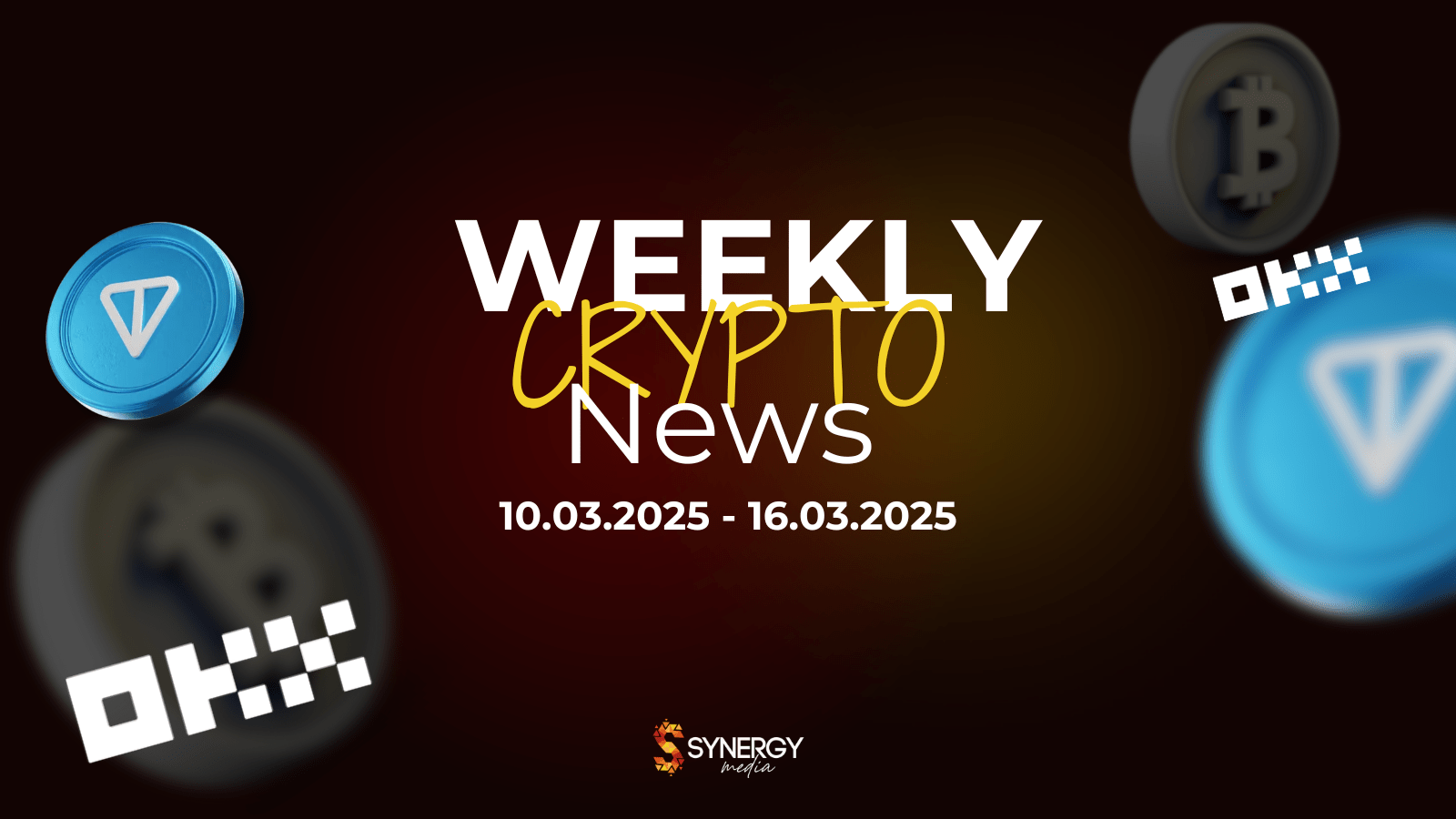
Weekly Crypto News- Week 11
- Synergy Media
Bitcoin at $83,412!
The Fear & Greed Index stands at 30 – Fear, reflecting continued market uncertainty as regulatory and institutional developments shape the industry.
Toncoin Open Interest Surges 67% as Pavel Durov Leaves France
After reports surfaced that Telegram founder Pavel Durov had left France, Toncoin’s Open Interest (OI) skyrocketed 67% in the last 24 hours to $169 million.
- TON is the native cryptocurrency of The Open Network (TON) and serves as the exclusive blockchain for Telegram’s Mini-App ecosystem.
- Toncoin’s price surged 17% to $3.45, following news of Durov’s departure.
- Analysts suggest TON is entering a long-term accumulation phase, but caution that $18.8 million in long positions could be liquidated if the price drops back to $3.
- The market’s reaction underscores the case’s significance for the crypto industry, as Durov’s August 2024 arrest was seen as a precedent for cracking down on privacy-focused platforms.
Similarly, after Durov’s arrest in August 2024, TON’s OI surged 32%, while its price dropped nearly 12%.
EU Investigates OKX: $100 Million in Stolen Bybit Funds Laundered?
European regulators are investigating whether OKX facilitated the laundering of $100 million stolen from the Bybit hack.
- According to a Bloomberg report, regulators are assessing whether OKX’s Web3 wallet services fall under MiCA regulations and if penalties are warranted.
- Bybit CEO Ben Zhou claims that 40,233 ETH ($100M) was laundered via OKX, with some funds now untraceable.
- Regulators from Austria and Croatia reportedly believe that OKX’s Web3 service should be regulated under MiCA.
- OKX dismissed these allegations in a statement on X, calling them “misinformation from Bybit.”
With $1.5 billion stolen, the Bybit hack remains the largest crypto heist in history, and North Korea’s Lazarus Group is suspected to be behind it.
ECB Study: Europeans Show Little Interest in Digital Euro
A new European Central Bank (ECB) study reveals that consumer reluctance poses the biggest challenge to the adoption of a digital euro.
- In a survey of 19,000 people across 11 Eurozone countries, results showed that Europeans prefer existing payment methods and see little value in a central bank digital currency (CBDC).
- Even when given a hypothetical €10,000 grant, most respondents allocated only a small fraction to digital euros.
- The study warns that convincing consumers of a CBDC’s benefits will be a significant challenge for policymakers.
- The ECB suggests that video-based educational materials could help boost digital euro adoption.
Meanwhile, opposition to CBDCs is growing in the US, with Congressman Tom Emmer reintroducing the ‘CBDC Anti-Surveillance State Act’ to block the introduction of central bank digital currencies in the country.
This week’s headlines are dominated by regulatory uncertainties, institutional crypto strategies, and market reactions to geopolitical developments.
